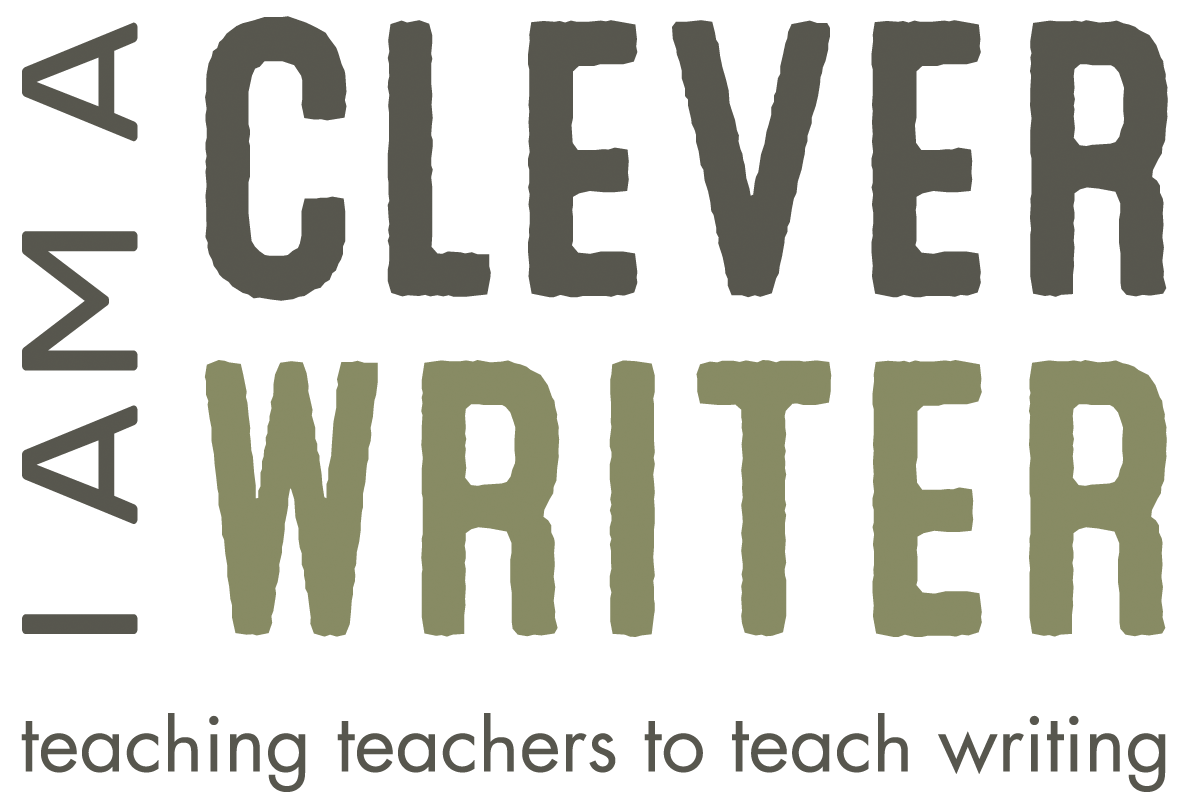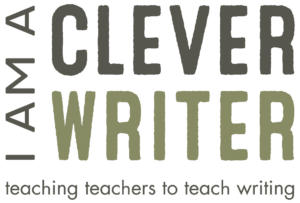In the story, a young boy trips and falls into a deep cave. When he awakes, he meets a girl from another time! Over the course of the next few days, he participates in Stone Age life – watching the tribe make tools, clothes and food and even takes part in a hunt followed by a celebratory feast. But when Om (his Stone Age friend) takes him to see her cave paintings, a bear attacks and he is transported back to his own time. Everyone tells him it was a dream… but was it?
As a writing stimulus, I’d say Stone Age Boy can be used in most year groups and my experience is that children and adults love this story. The illustrations are captivating and the centre page spread reveals lots of interesting facts about Stone Age life which can be used to help develop pupils’ knowledge as part of the topic.
In terms of writing opportunities, there are plenty including:
- Diary entry
From experience, summarising the story, picking out the main events e.g. falling down the hole, meeting Om, looking around the village, taking part in the hunt and celebration etc as though it all happened in one day worked well.
- Teachable/applicable skills – paragraphing, *cohesion, sentence types, fronted adverbials/openers, using subordinating conjunctions as openers, emotive language, show don’t tell, apostrophes for possession, rhetorical questions.
*I love diary entry because it provides lots of opportunities to teach and apply sequencing openers and fronted adverbials to sequence time helping to link ideas across and within sentences and paragraphs.
- Non-chronological report
With a focus on Stone Age life e.g. tools, diet, cave paintings, and homes. The book gives some information as a starter that can be built upon with some further research guided by the teacher.
- Teachable/applicable skills – paragraphing, cohesion, sentence types and conjunctions, structuring non-fiction texts (subheadings, bullet points), relevant openers.
- Setting
Describing the village or the scene of the hunt.
- Teachable/applicable skills – developing and describing settings, sentence types and conjunctions, fronted adverbials, prepositions, vocabulary (powerful verbs, adjectives, adverbs), figurative language (similes, metaphors, personification), expanded noun phrases with modifiers.
- Retell
The retell is powerful as it allows children to concentrate on applying their skills rather than trying to juggle skills alongside the composition of a story. From year 4 and below I’m reluctant to retell a long story such as this in full and instead focus on the opening, build up and problem or the problem, resolution and ending. I love a retell because it’s one of the genres that allow children to show off and apply all their skills.
- Teachable/applicable skills – speech, sentence types and conjunctions, vocabulary development, fronted adverbials, show don’t tell, apostrophes for possession, paragraphing, developing and describing characters and settings.
How to Wash a Woolly Mammoth by Michelle Robinson
This is a really fun book that brings fiction and non-fiction together to explain how to keep your woolly mammoth squeaky clean!
This text is a lovely stimulus for writing instructions and could be used in year 2 or lower key stage 2.
- Teachable/applicable skills – structuring non-fiction texts (subheadings, bullet points), relevant openers, powerful and imperative verbs, adverbs, expanded noun phrases, using appropriate vocabulary to enhance meaning, question sentences, exclamative sentences.
When considering other retell opportunities through the topic of the Stone Age, I have found that myths and legends from the time period work best as they are simpler than some of the other wonderful texts out there which are brilliant for reading for pleasure. For example, the legend of how Stonehenge was formed is a story the children enjoy and can retain to ensure they focus on the skills of writing rather than the complex composition. There is no text that you can buy as such with regards to this legend (however, if you know of one please do let me know), but you can gather the story from the web and use this to create your own high-quality WAGOLL! Why not check out our previous blog discussing the power of the WAGOLL.
If you’ve used these books as a stimulus for writing opportunities I’d love to hear about how you’ve made it work for you!

